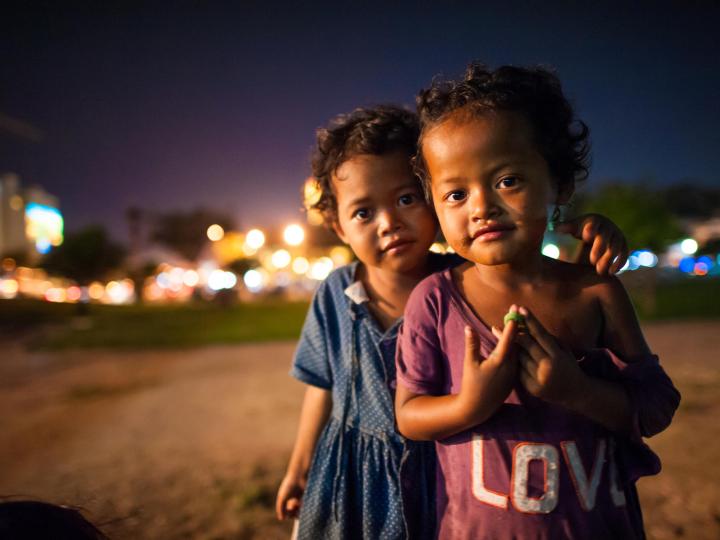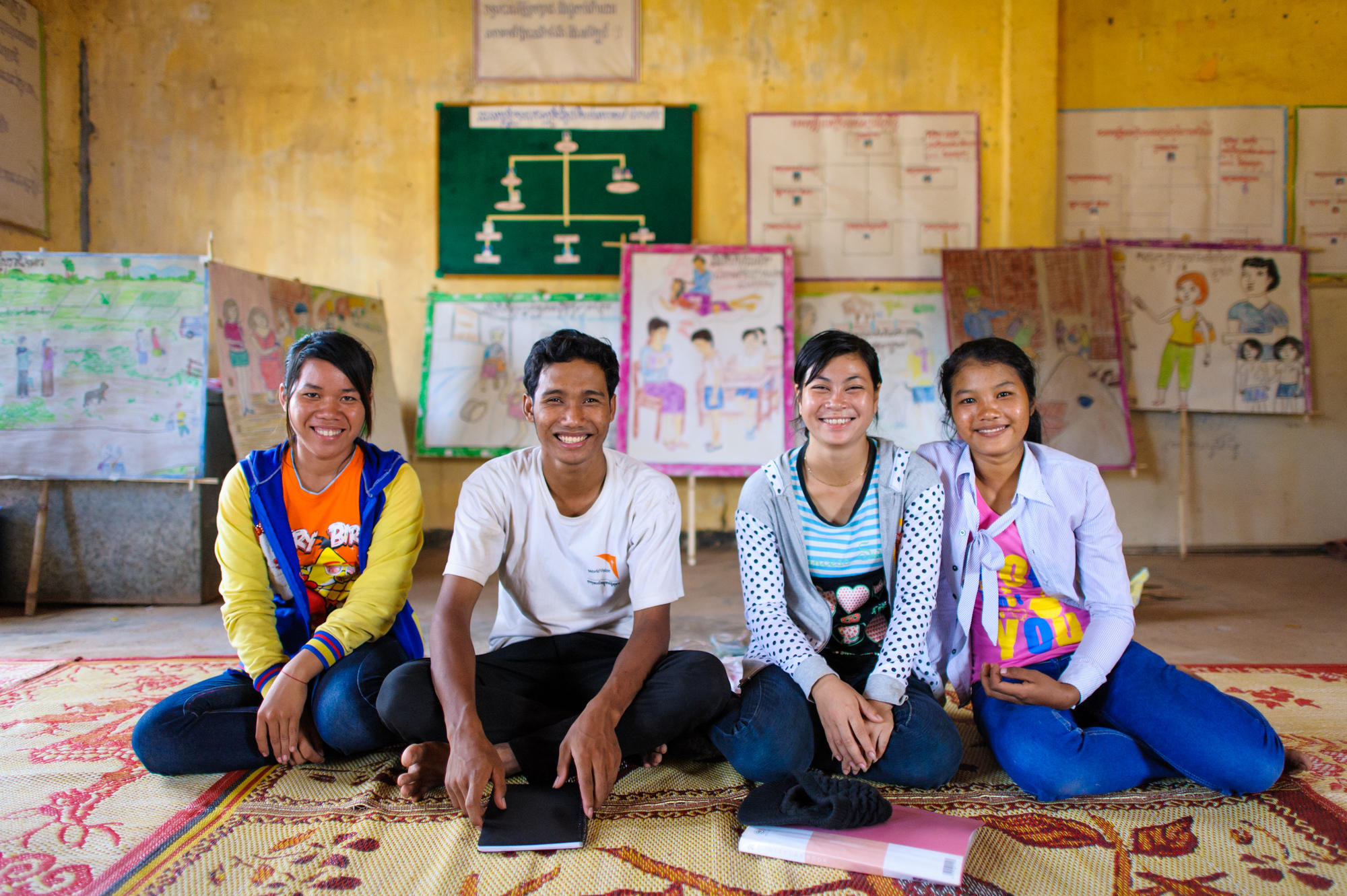
Safety and Security for Children in East Asia
Safety and Security for Children in East Asia
We look forward to a world where every child is safe and protected from violence. We believe every child deserves to live life in all its fullness. We want loving communities that protect children, prevent harm, and help with recovery. Our promise: do everything we can to see that happen.
We’d like to highlight one program that shows some of our Child Protection strategies in fighting exploitation.
Ending Trafficking in Persons programme
The Greater Mekong Sub-region is made up of six countries connected by the Mekong River: Cambodia, China, Laos-PDR, Mongolia, Myanmar, Thailand and Vietnam. Migration in this region is often due to economic stagnation and displacement through conflict. Women, children and youth are lured by traffickers with promises of work and opportunity.
Children are often forced into begging and street selling. Female victims, including young girls, are exploited in sex trade and forced marriages. Men and boys are frequently victims of forced labour, especially in the fishing, construction, and agriculture industries.
Roughly 26,000 victims annually are exploited by trafficking in the region.
The aim of Ending Trafficking in Persons, a recently completed five-year programme funded in part by Australian Aid, was to bring together cross-border initiatives to provide a more strategic and cohesive approach to tackling the issue of unsafe migration and trafficking in the East Asia region.
Our approach
This extensive project focused on three strategies: protecting children and youth from the threat of trafficking; ensuring that survivors are provided with appropriate protection services leading to integration back into society; and advocating for government policies to provide greater protection to the victims and the vulnerable.
Integrating the three strategies proved pivotal. We empowered children and youth, giving them a voice as we coordinated various agencies and organisations across the six countries involved.
Empowering children to protect themselves
A total of 206 clubs for children and youth, attended by over 12,000 young people, were set up as part of the programme. The clubs were a key strength of the programme and an important way of teaching about the risks of human trafficking, how to migrate safely, and in teaching general life skills.
Club members have reported that they’ve applied this knowledge when approached by strangers in the community, protecting themselves from exploitation.

Inspiring community involvement
Awareness-raising activities delivered through the programme reached over 240,000 community members across the region, providing them with information about human trafficking and safe migration, and inspiring community engagement and continued involvement, which allows for the programme to have lasting, sustained impact.
Overall, 118 Child Protection and Advocacy groups were established or supported through the programme. These advocacy groups worked to raise awareness, supported children and youth by volunteering to lead groups to teach resilience and valuable life skills to protect them from trafficking, and established or strengthened reporting systems. The groups also provided direct assistance to vulnerable families and migrants.
Assisting survivors with reintegration
Survivors of human trafficking often face difficulties reintegrating into their communities. Our programme provided reintegration assistance to 421 survivors of human trafficking.
They received a holistic set of services including housing and accommodation, medical attention, psychological and emotional services, education and training, economic services, legal help, security, and family and community services.
Children, youth and survivor participation in policymaking
Our programme, in partnership with other organisations, influenced or provided support to 17 bi-lateral and national policies, laws and national action plans on human trafficking and child protection. In at least six of them, recommendations or evidence provided was integrated into policy, law or action plans.
We believe every child has a right to participate and be heard. Spaces were created throughout the programme to enable children, youth and survivors to engage in meaningful dialogue with the government about the issues surrounding human trafficking. These included annual survivor gatherings, survivor camps and retreats, community debate activities, and national and regional youth forums.
Trafficking is a tragedy that crosses borders
At World Vision, we are uniquely positioned to coordinate various organisations and government agencies. We have been working around the world for over 60 years. The Ending Trafficking in Persons programme built on years of work in the East Asia region and key learnings from earlier anti-trafficking projects that World Vision led in the region. The programme also leaned on our extensive regional study on the knowledge, attitudes and practices related to trafficking in persons involving close to 10,000 local respondents.
We believe that God can work through all people to achieve his purpose. Our aim is to connect different organisations and agencies, to be the glue that holds them together, working toward our common goal of child well-being.
In East Asia, networks between different agencies and knowledge of referral mechanisms and resources contributed to better coordination among victim service providers. Our successes in each individual country also made it easier to affect policy changes in the next.
But there’s more to be done
The second phase to our programme has already started. The End Violence Against Children East Asia programme expands the focus beyond trafficking to examine multiple types of violence children suffer nationwide.
Communities continue to focus on trafficking, but also address domestic violence, drug abuse, education, sanitation and the impact each has on child safety. Learn more here.
A holistic approach
At World Vision, we believe that many aspects affect a child’s safety and security. We want every child to experience a life full of promise and hope. To see some of the other ways we approach child well-being, please see one of the following highlights.
We believe that the measure of our wealth is the well-being of all children. See our approach to Economic Development.
We want every child protected, cared for and given the learning opportunities necessary to become all God meant them to be. Here’s our approach to Education.
Find out how our work with Water gives children a new beginning.
We can’t do it alone. See how our work in Health & Nutrition empowers community heroes.
